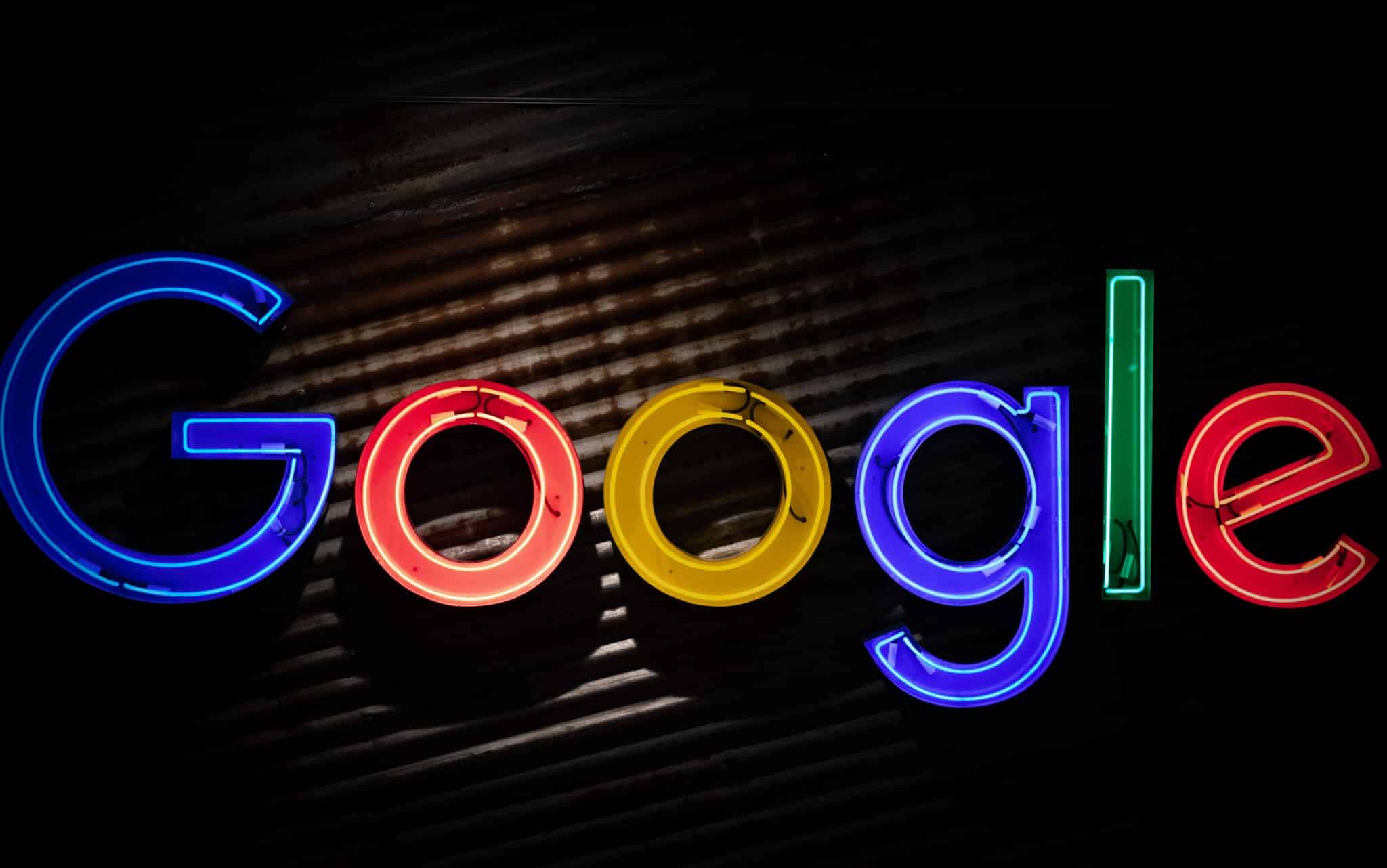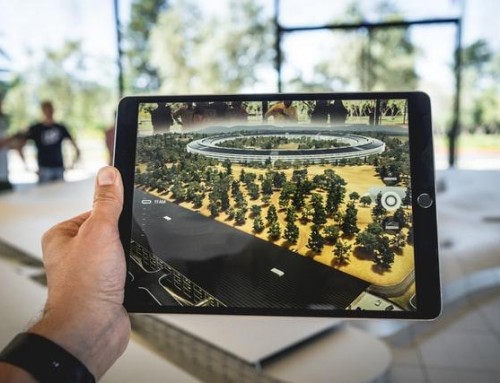Google is the go to search engine for most people, becoming a verb in modern culture synonymous with finding information.
Each year, the company works to improve its search technology, focusing on its artificial intelligence systems and neural networks to make it faster and easier to get information. Google Lens is a major new component in their search model, allowing users to perform searches based on images, and interact with text in an image. This feature is available for both Android and iOS.
What Can You Do With Google Lens?
Google Lens is designed to be a simple application that offers a variety of functions based on images, either from the photos app of the device or live viewing through the application. The app advertises a small list of things that can be identified or accomplished with the task.
Ever see an object in the world that you want to get more information about or want to search for similar items? The app will attempt to associate an object to others in the Google Search database. Want to quickly digitize some text that has been printed, copy text from one object in the world to another, perform a translation on a sign or written text quickly? The app will analyze if text is present in the image, and offers users a choice between copying the text, performing a search or doing a translation in the Google Translate service, or share it with others.
The app can also be used to scan barcodes and QR codes. Google uses the bar code to identify an object that may want to be purchased along with possible prices to buy otherwise. It will supply prices for the object it recognizes, nutrition for food items, and related images if available.
Another thing the application can do is get information about books, movies, music albums and video games to give reviews, and summaries. Dates found on flyers or elsewhere can be added to the digital calendar. Restaurant reviews can be found by simply pointing the lens at the building.
The Android app offers some features that the iOS implementation does not allow. For example, users can scan business card information and convert it into a contact card for the digital address book.
These features are also applicable for still images, which can be opened in the application and analyzed.
How to Use Google Lens
On Android devices, Google Lens is available as an application that can be downloaded from the Google Play Store. The Google Search app was recently updated on iOS to support Google Lens.
To activate on Android, the app simply need to be launched to start Google Lens. For the iOS app, the Google Lens icon should appear next to the microphone icon in the search bar. If it is not, it is recommended that the app be fully closed and reopened again. Once this icon is found, it must simply be tapped to launch Google Lens. Camera access is required for Lens to function, but once that is agreed to, you can start using Lens.
All actions in the app occur as a result of pointing the camera at an object that a user wants to get information on, and tap the screen to get information.
The viewer will place little dots on the display to represent the neural network of the artificial intelligence being used in making the thing work, for those interested in knowing. The app will also highlight the parts of the image that it has found information on. The user can then tap on the highlighted objects to bring up an action menu, allowing them to select what they would like to do with the information, or view images and quick info on the identified objects.
Impressions
Google Lens is making search faster and easier to use than ever, and making it easier to find information on objects when we don’t know what keywords to type into the search engine. The app works well at identifying objects, though it can sometimes have issues if not enough of an object is visible, or the setting is a bit dark. The app began as an exclusive to the Pixel lineup and utilizes Google’s artificial intelligence. Now that Lens is available on other Android devices, and has come to iOS, Google’s neural engines will have a lot more data and feedback to get better in image recognition.
Conclusion
Google Lens began as a cool Pixel feature that has grown to become a powerful tool in Google’s arsenal of convenient services for getting information. With image recognition, users can now get information immediately on the world around them, even if they don’t know the keywords to use. They can interact with printed objects or information in the real world, and convert into a digital format to quickly use elsewhere. Cross platform compatibility means that Google Lens will only get better to find more information for more users.





